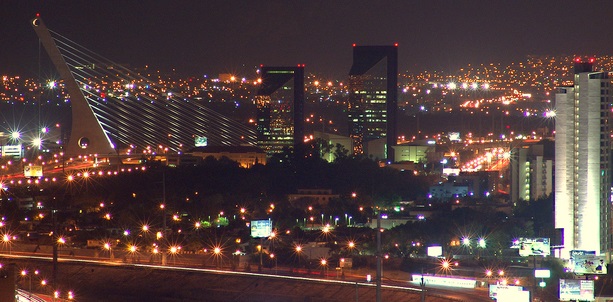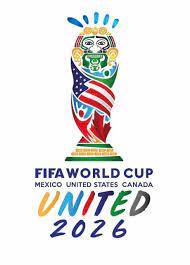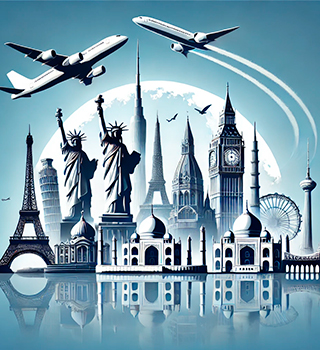Teach English in Monterrey

Living in Monterrey
Bustling and booming at the feet of the breathtaking Sierra Madre mountains, Monterrey stands as a city apart in Mexico. Its wealth and industry has made it the shining star of the Mexican economy and has given its people (“Regios” as the denizens of Monterrey are popularly known) the reputation of being a hard-working, industrious lot.
The city hosts colossal manufacturing plants of some of the world’s leading businesses most notably Cemex, which is the largest concrete-mix manufacturer in the world. Monterrey also has more colleges, universities and institutes of technology per capita than any other city in Mexico.
While the old part of town (the “Barrio Antiguo”) is still intact, renovated for the most part into trendy bars, cafes and trinket stores, Monterrey reminds one much more of a modern Texan city like El Paso or San Antonio than it does of the stereotypical central Mexican colonial town. Its wide, pothole-free motorways, pristine streets, efficiently functioning infrastructure and orderly urban design makes Monterrey a veritable exception as far as Mexican cities go. Its infrastructure allows for everything you would expect from a cosmopolitan city in the 21st century, while its relative proximity to the U.S. border means that recognized market brands are easily available, although prices are a little higher when compared to the United States.
Prehispanic History
Prior to the European foundation of the city, there was no established population, instead consisting of indigenous semi-nomad groups that are collectively called Chichimecas. Carved stone and cave painting in surrounding mountains and caves have allowed historians to identify four major groups of Chichimecas in present-day Monterrey: Azalapas, Huachichiles, Coahuiltecos and Borrados.
Foundation
Foundation of Monterrey by Crescenciano Garza Rivera. The city was founded on 20 September 1596 by Diego de Montemayor. The Episcopal Palace, c. 1700 In the 16th century, the valley in which Monterrey is located was known as the Extremadura Valley, an area largely unexplored by the Spanish colonizers. The first expeditions and colonization attempts were led by Alberto del Canto, naming the city “Santa Lucia”, but were unsuccessful because the population was attacked by the natives and fled. The Spanish expeditionary Luis Carvajal y de la Cueva negotiated with King Philip II of Spain to establish a territory in northern New Spain, which would be called Nuevo León, the “New Kingdom of León”. In 1580 he arrived in the newly granted lands but it was not until 1582 that he established a settlement called San Luis Rey de Franciawithin present-day Monterrey. The New Kingdom of León extended westwards from the port of Tampico to the limits of Nueva Vizcaya (“New Vizcaya”, now State of Chihuahua), and around 1,000 kilometers northwards.) For eight years Nuevo León was abandoned and uninhabited, until a third expedition of thirteen families led by Diego de Montemayor founded Ciudad Metropolitana de Nuestra Señora de Monterrey (“Metropolitan City of Our Lady of Monterrey”) on 20 September 1596, next to a water spring called Ojos de Agua de Santa Lucia, where the Museum of Mexican History and Santa Lucía Riverwalk are now located.
Climate
Uncertain, surprising and capricious, such is the weather in Monterrey, the capital of the State of Nuevo Leon. Environmental conditions in here may change from one moment to the other; although, in general terms the temperature is warm. The annual average is of 22 degrees Celsius, and the coldest months are those comprised between December and March, while the hottest days are between May and August; in some occasions thermometers can reach up to 45º Celsius during this season (summer). Cold winds are predominant in April and between September and November; on the other hand, rains are present between August and October, though they are not that long; they usually last one or two hours, and when they are over, the sun shines again cheering the City of Monterrey.












